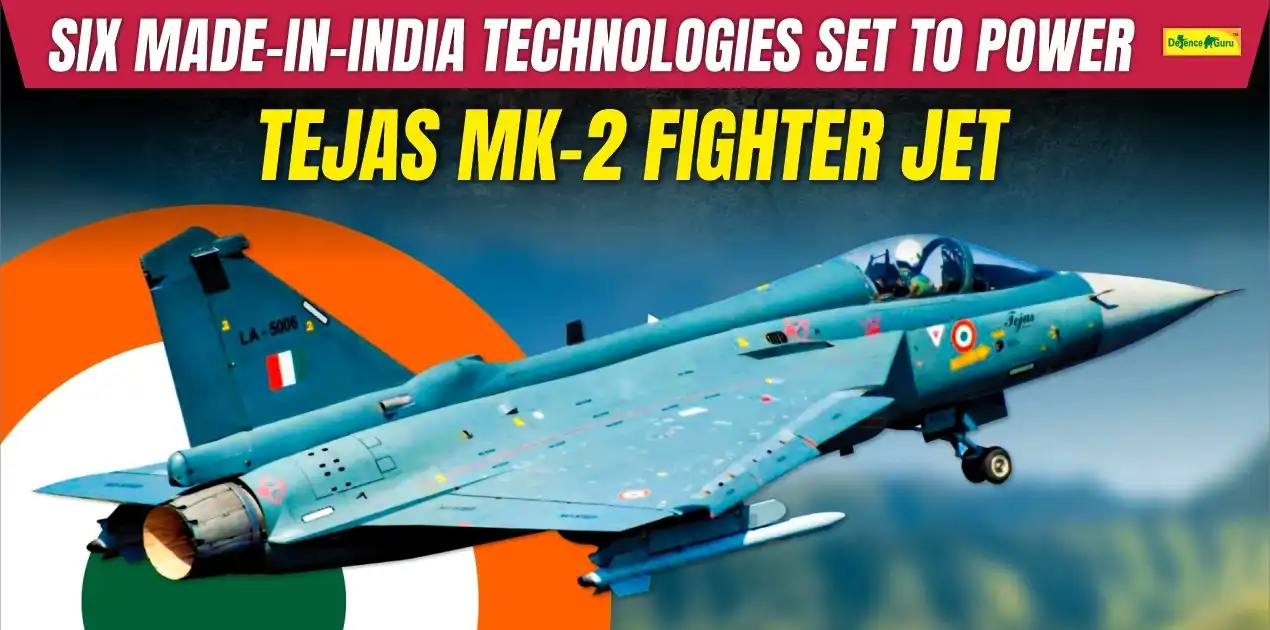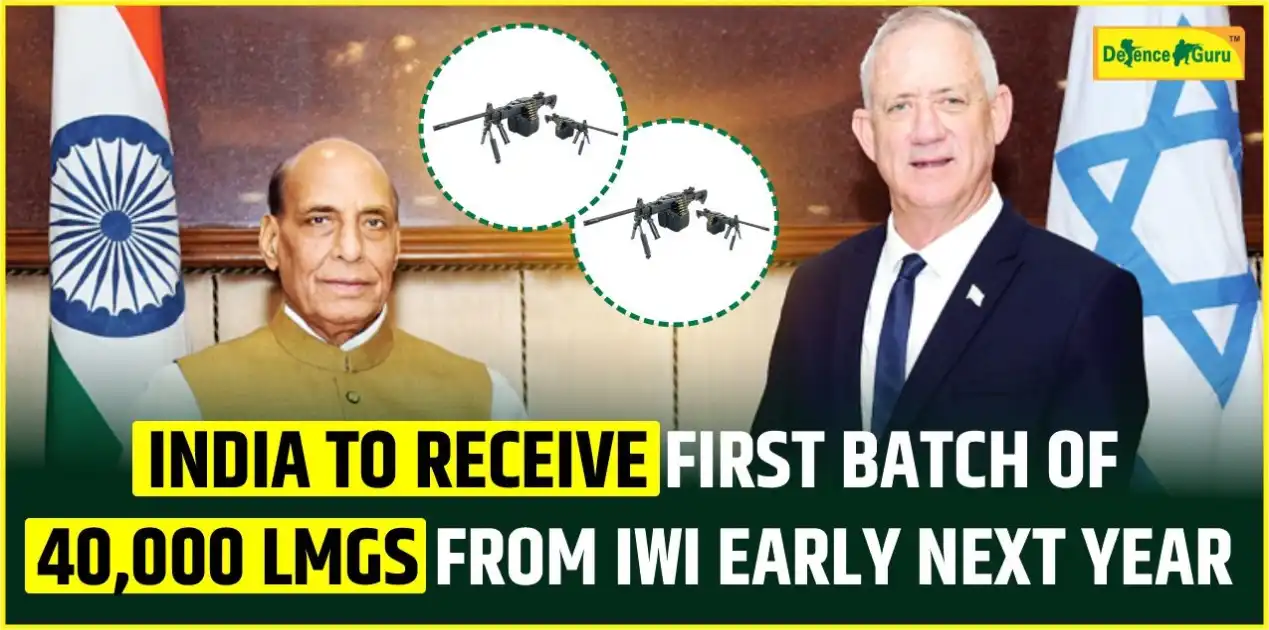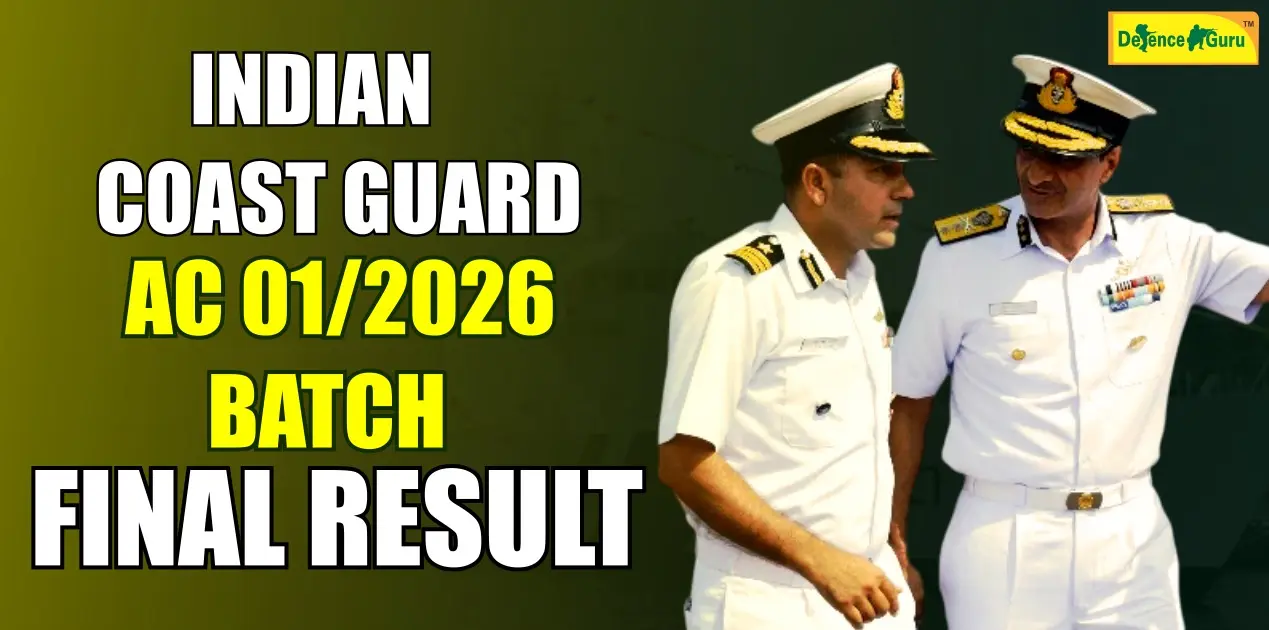Tejas MK-2: India's Sky Warrior Infuses Six Indigenous Wonders in Its Heart
Indian air power's future is taking flight — and it's flying high on the Make in India tag. The Indian Air Force is set to usher in a new generation of aerial supremacy driven by indigenous technology and fearless engineering with the Tejas MK-2. This new-generation Medium Weight Fighter is being made under the platform of self-reliance with more than 82% of the components indigenous — a figure set to reach 90% as production ramps up.
Developed with the collective strength of HAL, DRDO, and the Aeronautical Development Agency (ADA), the Tejas MK-2 is going to unveil its prototype by late 2025, with operational induction by 2029. Designed to succeed older planes such as the Mirage 2000, Jaguar, and MiG-29, the MK-2 isn't a replacement; it's a revolution.
At its core are six state-of-the-art Indian-indigenous technologies, demonstrating that India isn't merely catching up — it's out to lead this sector as well.
1. Uttam AESA Radar
Conceived out of DRDO's LRDE, the Uttam Active Electronically Scanned Array (AESA) Radar introduces the punch of multi-target tracking, sophisticated jamming resistance, and extended-range engagement capabilities. Flight testing is already in progress, a giant leap towards radar self-reliance.
2. Indigenous Mission Computer
HAL and DRDO jointly developed an open-architecture mission computer, which is the brain of the aircraft. It integrates weapons, sensors, and navigation systems — all upgradable with no foreign handshake. Pure homegrown genius.
3. Electronic Warfare Suite
Designed by Defence Avionics Research Establishment (DARE), this EW suite is designed to safeguard. From enemy radar detection to the release of countermeasures and the jamming of hostile signals, it makes the MK-2 a sneaky survivor in contested airspace.
4. Fly-by-Wire Flight Control System
No wires, only code. This Indian-designed quadruplex fly-by-wire system provides cutter-like agility, increased safety, and smooth control — even at high-G maneuvers and steep angles of attack.
5. Sophisticated Cockpit Display Systems
HAL and BEL jointly developed multi-function wide-area displays, providing the pilot with a glass cockpit feel. Helmet-mounted display support means it's like attaching a fighter aircraft to your mind.
6. Indigenous Weapons Integration
The MK-2 does not only fly Indian — it fights Indian. Equipped to carry Astra BVR missiles, SAAW, and laser-guided bombs, it makes sure every bullet fired resonates with Atmanirbhar conviction.
Although the MK-2 is powered by the GE F414 engine today, switching to an Indian Kaveri-derived powerplant is already in the pipeline, further reducing dependency on the outside.
From Dependence to Dominance
Tejas MK-2 is not only a jet — it's a declaration. A declaration that India is capable of designing, developing, and deploying advanced combat systems with negligible foreign contribution. These six technologies signify more than capability — they are evidence of India's rise in global aerospace.
India's skies are transforming — and this time, the wind in our wings is all ours.
Read more:
RudraM-III Missile Successfully Released from Modified Su-30MKI Fighter Jet
DRDO successfully conducts two consecutive flight-tests of Pralay missile

















